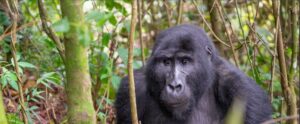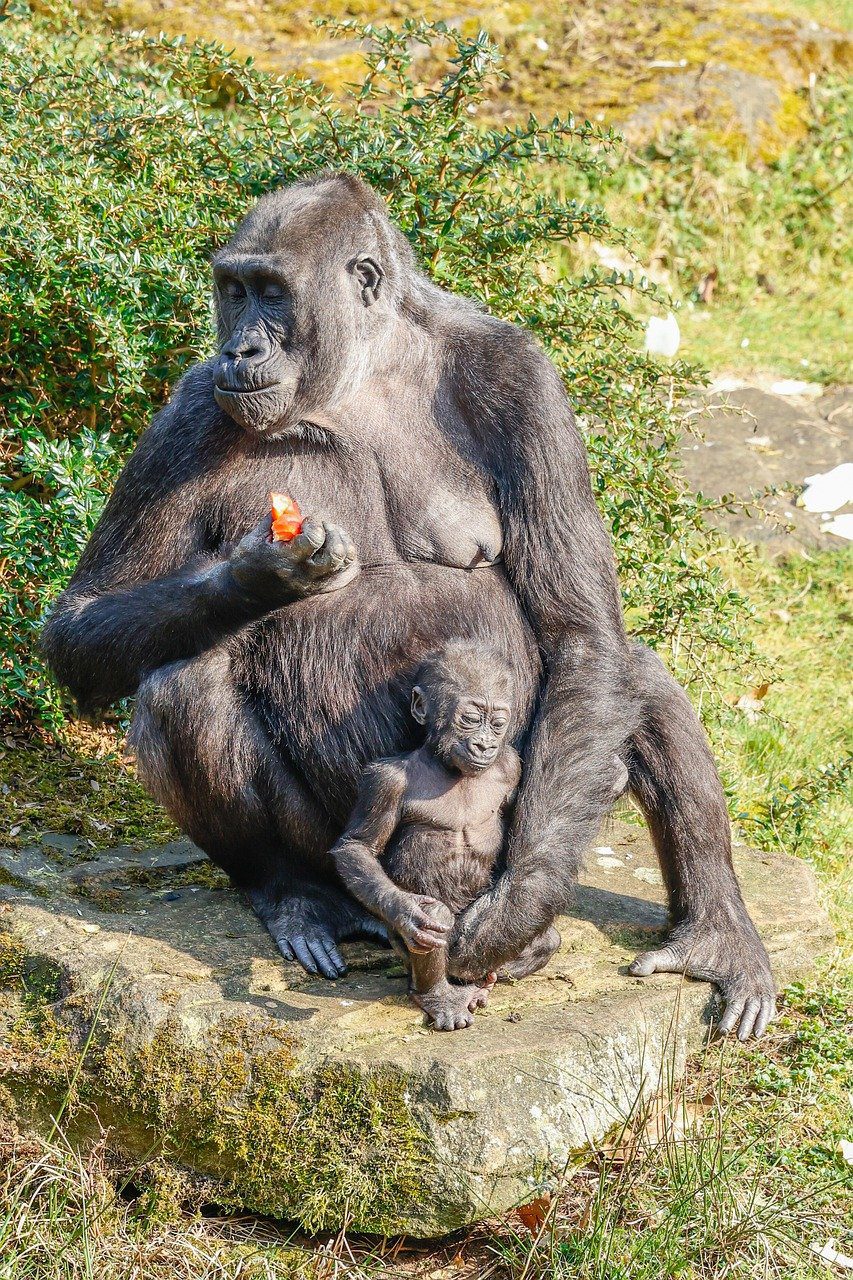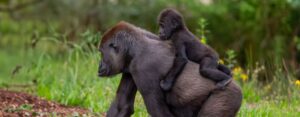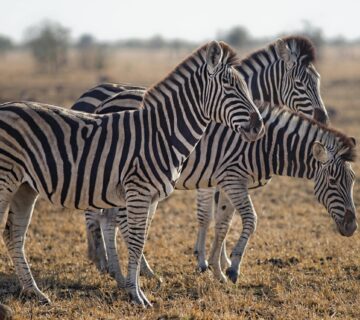How Fit Do I Need to Be for Gorilla Trekking?
Gorilla trekking is one of the most remarkable and transformative travel experiences you can embark on. Imagine the thrill of stepping into the lush forests of Uganda, Rwanda, or the Democratic Republic of Congo and coming face to face with one of the world’s most majestic creatures the mountain gorilla. These gentle giants live in the remote, mountainous terrain, making trekking to find them a physically challenging yet incredibly rewarding adventure. The question many people ask before booking a trek is, “How fit do I need to be for gorilla trekking?”
The good news is that you don’t need to be an athlete to enjoy this once-in-a-lifetime experience. However, being physically prepared will ensure that you can make the most of your trek, enjoy the adventure, and minimize the risk of injury. In this post, we’ll explore how fit you need to be, how to prepare, and what to expect during a gorilla trekking adventure.
Understanding the Gorilla Trekking Experience
Before you start thinking about your fitness levels, it’s important to understand what the gorilla trekking experience entails. The trek can vary in difficulty depending on the location and the specific group you’re visiting. While some treks are relatively short and take place on well-established trails, others can be more strenuous and require you to navigate steep, muddy terrain for several hours.
Gorilla trekking usually takes place in rainforests at high altitudes. The terrain can be challenging—steep slopes, thick undergrowth, and sometimes slippery conditions can make the journey physically demanding. Trekking in these conditions means that having a moderate level of fitness will make the trek much more enjoyable.
What Physical Fitness Levels Are Ideal for Gorilla Trekking?
The answer to how fit you need to be depends on your trekking location and your overall health. Here are some general guidelines to help you assess whether you’re ready for this adventure.
Basic Endurance: Gorilla trekking generally requires you to walk for 2 to 8 hours in varying conditions. A good level of cardiovascular fitness is essential. If you’re able to walk for an extended period on uneven surfaces without feeling exhausted, you should be able to handle most gorilla trekking routes.
Leg Strength and Stamina: The trekking involves a lot of walking uphill, and depending on the location, you may have to climb steep slopes. Your legs and core need to be strong enough to handle these inclines, and your stamina should allow you to continue without tiring too quickly.
Flexibility and Balance: Being able to bend, squat, and move through dense vegetation is essential. The terrain can be unpredictable, so having good balance will reduce the risk of falls or injuries during the trek.
Mental Fitness: While physical fitness is important, mental fitness is equally crucial. The trek can be exhausting and may take you to challenging altitudes. Your ability to remain positive and focused will be key to overcoming any obstacles during the journey.
Preparing for Your Gorilla Trekking Adventure
No matter your fitness level, a bit of preparation can make a huge difference. Here are some steps you can take to prepare physically for your gorilla trek:

Mother Gorilla With Baby Gorilla Increase Cardiovascular Fitness: Aim to do aerobic exercises, such as brisk walking, jogging, cycling, or swimming, at least three times a week. Gradually increase the intensity and duration to build endurance. If you’re not used to long walks, try to hike on uneven terrain to simulate the conditions of the trek.
Strengthen Your Legs: Exercises such as squats, lunges, and step-ups will help build strength in your legs, which will be vital for tackling steep climbs. Adding weight to your exercises, or hiking with a light backpack, will further increase strength and stamina.
Improve Balance and Flexibility: Yoga or Pilates can be beneficial for improving flexibility, core strength, and balance. These exercises will help you move more fluidly through dense forest and across tricky ground.
Practice Walking with a Backpack: During the trek, you’ll likely carry a small daypack with essentials such as water, snacks, and your camera. Practice walking with a backpack to get used to the weight and to make sure it doesn’t cause any discomfort.
Get Used to Higher Altitudes: If you live at sea level or are not accustomed to higher altitudes, try to spend some time hiking at elevation before your trip. The higher the altitude, the more your body will need to adjust, so gradual acclimatization is key.
Consult a Healthcare Professional: If you have any health concerns or are unsure about your fitness level, it’s a good idea to consult with your doctor before booking your trek. A healthcare professional can assess whether you’re fit enough to participate and offer advice on how to prepare.
What to Expect During the Trek
On the day of the trek, expect to start early. Guides and porters will typically meet you in the morning, and after a briefing, you’ll head to the starting point. You will be assigned to a specific gorilla family based on the available trekking route.
The trek itself usually begins with a walk through the jungle, which can involve steep climbs, dense forest, and muddy paths. The guides will lead you, and depending on the group’s location, you may need to trek for several hours to find the gorillas. When you do, you’ll spend around an hour observing the gorillas in their natural habitat. It’s a magical experience to watch these magnificent animals interact, and it’s well worth the effort to reach them.
What to Pack for a Comfortable Trek
While fitness is key, having the right gear is equally important to ensure comfort and safety. Here’s a list of essentials to pack:
Sturdy hiking boots: Make sure they’re well broken-in and provide good ankle support.
Lightweight, breathable clothing: Layering is essential, as the weather can change quickly in the jungle.
Rain gear: It’s likely to rain, so a waterproof jacket and pants are a must.
A small backpack: For carrying your water, snacks, camera, and any other essentials.
Waterproof bags: To protect your electronics and valuables from rain.
Walking sticks: These can help with balance on uneven terrain.
Conclusion
Gorilla trekking is an extraordinary adventure, and being physically prepared will allow you to enjoy it to the fullest. While you don’t need to be a professional athlete, having a moderate level of fitness will make your trek safer, more enjoyable, and more memorable. By improving your cardiovascular endurance, leg strength, balance, and mental resilience, you’ll be ready to take on the challenge and experience the magic of being in close proximity to one of the world’s most incredible animals.
Remember, the trek is not just about physical strength; it’s about experiencing a profound connection with nature. With the right preparation and mindset, you’ll not only get fit for the trek but also be part of a truly awe-inspiring experience. So, lace up those boots, prepare your body, and get ready for an adventure that will stay with you forever.






